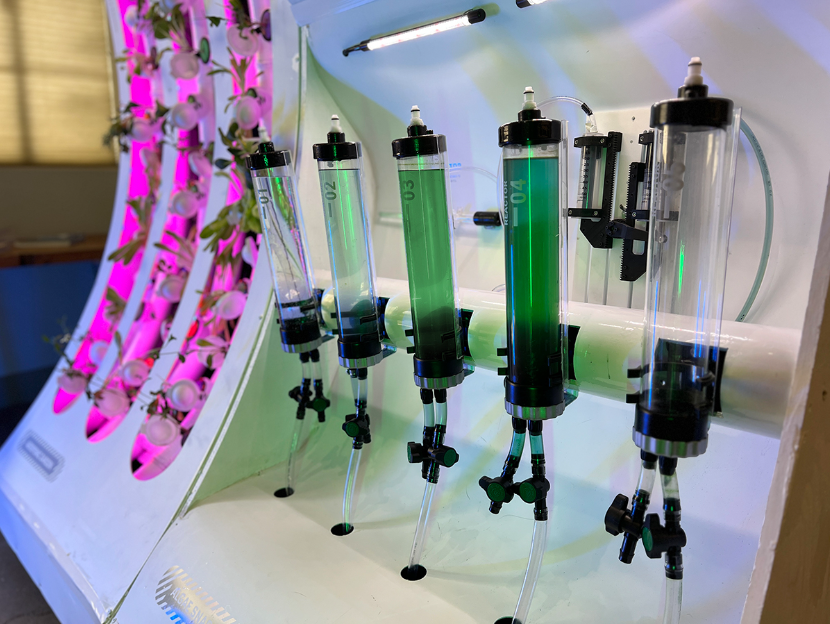
©Nonfiction
Vocabulary:
- initiate /ih-NISH-ee-ey/
- innovation /in-uh-VEY-shuhn/
- appetite /AP-i-tahyt/
- humanity /hyoo-MAN-i-tee/
- miniature /MIN-ee-uh-cher/
[verb] – to cause something to begin
The fitness coach initiated the workout session, showing us proper form and technique.
[noun] – (the use of) a new idea or method
The introduction of a new technology brought about an era of innovation, revolutionizing the way people communicate.
[noun] – the feeling that you want to eat food
The restaurant’s extensive menu catered to a variety of appetites, offering options for both vegetarian and meat lovers.
[noun] – the quality or condition of being human
The artist’s painting captured the essence of humanity, depicting the diverse emotions and experiences that make us human.
[adjective] – used to describe something that is a very small copy of an object
The tiny, intricately crafted miniature dollhouse showcased incredible attention to detail.
Article reading:
The Space Culinary Lab consists of different modules: munch, sizzle, yum, and snap. The snap module provides a green wall of microgreens, offering both flavor and psychological benefits to astronauts. The munch module grows microalgae in a bioreactor, providing a nutritious snack option. The sizzle module uses a miniature microwave drawer to heat and “grill” rehydrated meats, vegetables, tofu, and tortillas. The yum module is a creaming machine that emulsifies water and oil-based ingredients to create beverages and sauces. During a taste test, the culinary lab’s futuristic space food was sampled, including space coffee and algae mixed with different flavors. The algae was blended with ingredients, shaped into balls or cubes, and remained fresh for two to three days. The taste combinations were carefully selected to balance flavors and minimize the algae aftertaste. One mix included peanut butter, oats, onion powder, vinegar, and algae, providing a savory flavor, while another blend mixed fruit powders with algae for a sweet treat.
Discussion Questions:
- Have you ever wondered how astronauts eat in space? How important do you think it is to have a variety of fresh and nutritious food options on a long-term space mission?
- If you had the opportunity, what specific food or flavor combination would you choose to include in the menu of the Space Culinary Lab, and why?
- Do you think the Space Culinary Lab is a great innovation?
- How would a compact kitchen system like the Space Culinary Lab influence astronauts’ sense of connection to Earth?
- What aspects of the Space Culinary Lab’s design impress you the most?
Summarization
Describe:
- nutritious food
- compact kitchen
- beverage
- taste test
- rehydrated